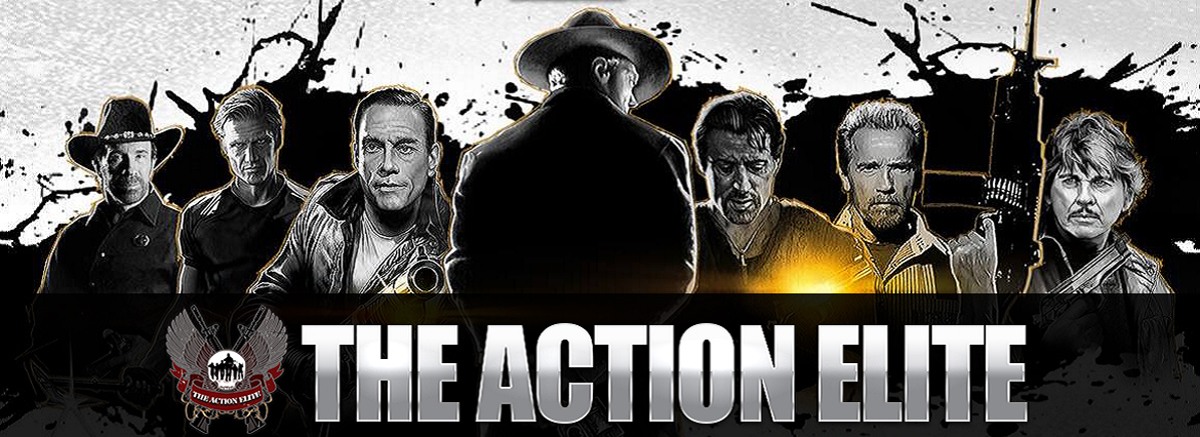Hollywood action films have long adhered to the classic pattern — fierce gunfights, chases, and explosions were the main elements of the action. However, with the advent of the influence of Asian cinema, the fight choreography, production style, and dynamics of the scenes have changed significantly. Hong Kong cinema brought sophisticated fight choreography, which combined smooth transitions and complex acrobatic movements. Japanese cinema added themes of samurai honor and a strategic approach to combat, and South Korean directors brought brutal realism and psychological tension.
Martial Arts as a Main Trend in Action Films
One of the most significant influences of Asian cinema was the introduction of realistic martial arts into action scenes. Thanks to legendary actors such as Bruce Lee, Jackie Chan, Jet L, and Donnie Yen, kung fu, Muay Thai, judo, and aikido styles became popular in Hollywood. While traditional American action films focused on brute force, the Asian approach offered a mastery of movements. It has the combination of speed and precision. This made the fights more spectacular and realistic, which significantly changed the genre of action films around the world. As in action movies, it is important to be able to calculate risks correctly. In the world of online gambling, Hashlucky Casino https://hash-lucky.com/ offers users a chance to test their luck and strategy.
Hong Kong Style: How Woo Pin and John Woo Changed Hollywood
Hong Kong cinema revolutionized the staging of fight scenes and cinematic style. The legendary fight choreographer, Yun Woo-Pin, was responsible for the unique acrobatic fights in “The Matrix”. Those actions made the film an iconic film. John Woo brought the ‘slow-motion action” aesthetic to Hollywood, seen in Face/Off and Mission: Impossible II.” His signature dual-gun shootouts and dramatic pigeon shots have influenced many directors. Artists like Tsui Hark and Ringo Lam have also helped popularize the Eastern cinematic language in Hollywood.
South Korean Cinema: A New Level of Toughness and Style
South Korean directors have brought a new level of toughness and style to the action genre. Park Chan-wook showed with his film “Oldboy” that fight scenes could be not only spectacular but also emotionally intense. Yeon Sang-ho with “Train to Busan” proved that dynamism and brutality could be combined with a deep story. Their style influenced Western films like “John Wick” and “Atomic Blonde,” which used more rigid and realistic fight choreography.
The Future of Asian Influence in World Cinema
Hollywood increasingly integrates Asian fighting techniques, shooting styles, and even actors. Donnie Yen, Tony Jaa, and Iko Yuvais are becoming increasingly influential in Western cinema, and studios are actively inviting Asian directors to work on significant projects. Will the future of action films become even more closely tied to Asian cinema? It seems likely. New films like Shang-Chi and the Legend of the Ten Rings are already setting new standards for the genre, combining spectacular fights with a deep cultural component.






